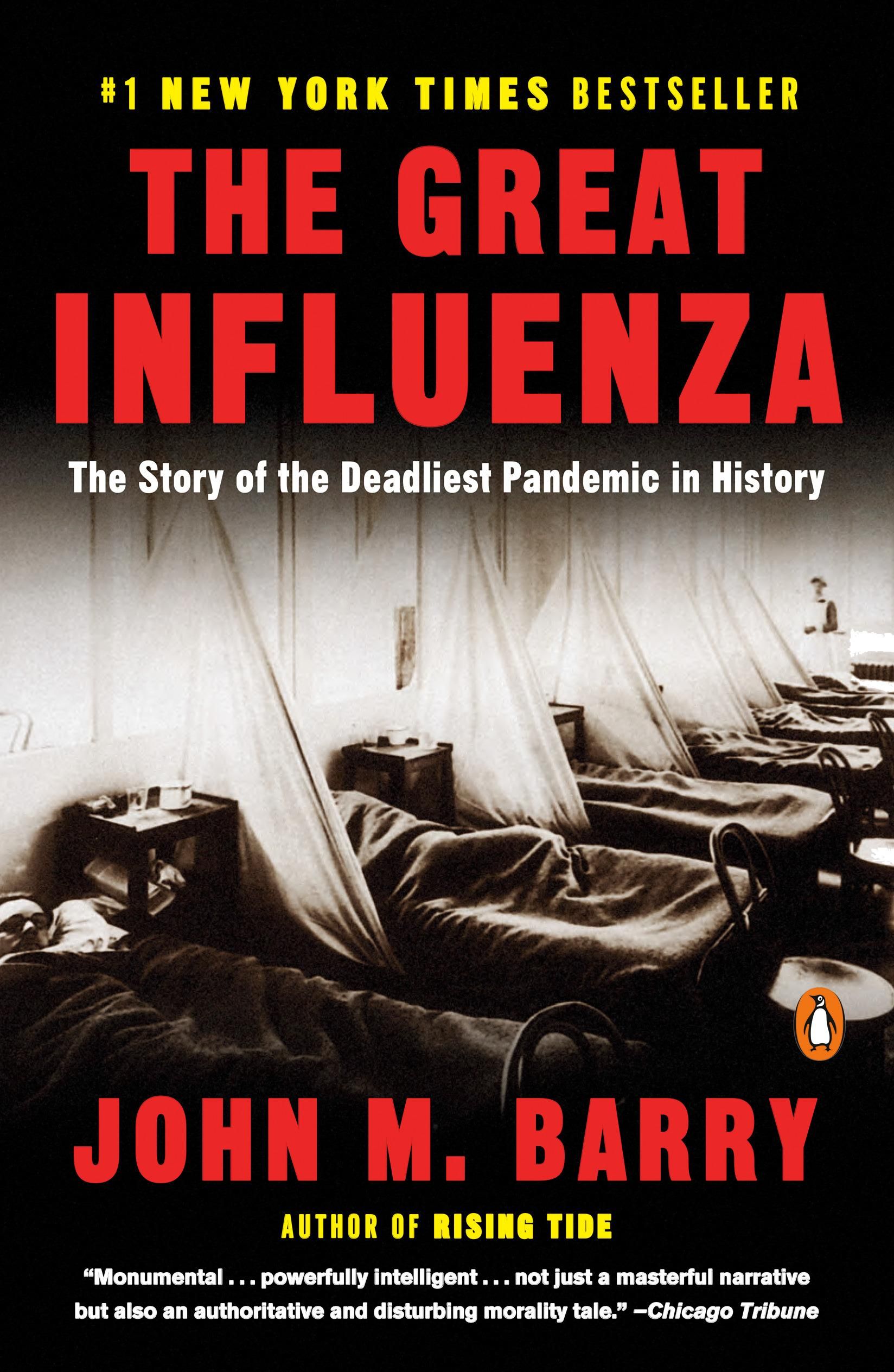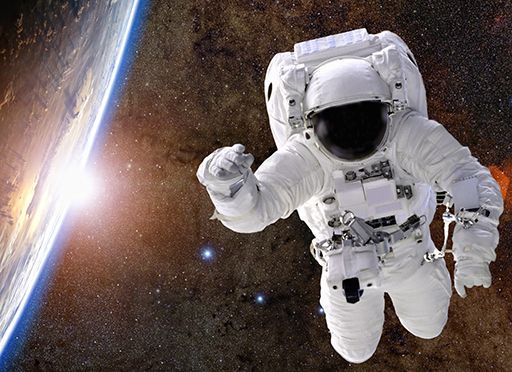John Barry details how a world war, a mutating virus and mismanaged government responses made the 1918 influenza pandemic so deadly.

Unimaginable Destruction
The 1918-1919 influenza pandemic swept the world. First spreading through troop movements during World War I, the influenza virus killed approximately 50 to 100 million people. No treatment then available could stop the rapidly mutating virus. John Barry’s epic history combines a technical focus on scientific efforts to stop the pandemic with a gripping narrative about its spread and horrific impact. Writing prior to the 2020 coronavirus pandemic, Barry presents uncanny parallels to today and harkens to deadly lessons apparently still unlearned.
A distinguished scholar, historian and adjunct faculty member at Tulane University, Barry writes on a broad range of subjects. Among his other well-known works are Rising Ride, about a devastating 1927 Mississippi flood. His book, Roger Williams and The Creation of the American Soul, concerns one’s American lasting influence, especially in the United States’ unprecedented insistence on the separation of church and state.
These works share Barry’s fascination with how certain events shape the US national fabric, as seen also in his Power Plays: Politics, Football, and Other Blood Sports and The Ambition and the Power: The Fall of Jim Wright: A True Story of Washington. For Barry – who wrote this book well before the 2020 coronavirus pandemic – the 1918 influenza outbreak has a recurring theme: the consistent lying, obfuscation and incompetence of American officials, notably how they refused to alert the citizenry they were pledged to protect about the dangers they faced.
In a single day, 1, 543 Camp Devens soldiers reported ill with influenza. On September 22, 19.6% of the entire camp was on sick report and almost 75% of those on sick report had been hospitalized. By then the pneumonia and the deaths had begun.John Barry
The sheer destruction of 1918-1919 influenza pandemic is difficult to grasp: it killed an estimated 5% of the world’s population – 50 million to 100 million people, about 675,000 people in the United States. Government officials, in stark parallel to 2020’s coronavirus pandemic, dismissed the outbreak or lied about it.
Barry traces the flu to its source. The pandemic started in 1918 when men from Haskell County, Kansas trained at a US Army base, Camp Funston, where a cook reported ill with influenza on March 4, 1918. More than 1,100 soldiers entered hospitals and 38 died. Then the Army transferred soldiers from Funston to US bases and to Europe. Barry lays out the virus’s path. It traveled with the soldiers, moving through North America, Europe, South America, Africa, Asia and scattered Pacific islands.
The author cites scientists with links to Johns Hopkins, the Rockefeller Institute, Harvard and the University of Pennsylvania as foremost in battling the virus. He treats their efforts as a tale of suspense, but that isn’t always as convincing as his depiction of the disease and its effects.
Viruses Only Replicate
One area of Barry’s science reporting is particularly compelling: his primer on influenza viruses. He explains that they originated in “wild aquatic birds.” Exposure to an avian virus can infect people, but, he underscores, people can’t infect people unless the virus mutates to adapt to person-to-person transmission. Which it has; the US Centers for Disease Control says influenza now kills 3,000 to 56,000 Americans a year.
Influenza is a viral disease. When it kills, it usually does so in one of two ways: either quickly and directly with a violent viral pneumonia so damaging it has been compared to burning the lungs; or more slowly and indirectly by stripping the body of defenses.John Barry
Barry offers a lot of food for thought in one simple idea: replication is a virus’s only function. The influenza virus hides from the immune system by “entering” a cell, but not “fusing” with it, as other viruses do. About 10 hours after an influenza virus attaches to a cell, the cell releases a “swarm” of 100,000 to one million influenza viruses. Barry successfully conveys the horror of this invasion. When you read this passage, you may take a deep breath, feel your forehead or take your temperature, just to make sure you’re safe.
Nothing Stopped It
Many viruses, fungi and bacteria infect the lungs. The most ubiquitous is the pneumococcus, which can initiate or aggravate lung infections. Barry explores medical history prior to 1918 flu outbreak as a context for medicine’s utter helplessness. Scientists failed to develop a serum against pneumococcus in 1892, despite medical advances against tetanus, meningitis, diphtheria and typhoid. Barry tells how desperate doctors tried fighting the flu with the vaccine for typhoid and with quinine, a malaria treatment.
Barry’s depiction of experts’ inability to understand the influenza virus provides a stark reminder of the mystery of the 2020 coronavirus pandemic. He makes the danger of the 1918 plague plain when he writes that face masks were no protection against it. People’s only hope was to avoid exposure, but no one, he explains, understood quite how to do that.
Lying, Incompetent Officials
Barry reports that the 1918 virus struck in waves. The spring wave killed relatively few; the second wave was more destructive. And the deliberate dishonesty of officials was deadly indeed.
The pandemic ravaged Philadelphia. Barry regards its municipal public health director, Wilmer Krusen, with well-deserved contempt. When locals planned a Liberty Loan parade to promote war bonds, he advised the public to “avoid crowds,” but allowed the parade to go on. Barry states his belief, here as in his other works, that officials must take responsibility for the people under their charge. He regards failure to do as a high moral crime.
On October 1, 1918 the virus killed 117 people in Philadelphia; the 31 local hospitals were full. Daily influenza deaths soared from 254 on October 5 to 428 on October 8. Death overwhelmed funeral homes and the morgue. Barry paints a vivid picture of dead bodies in homes, on porches and in yards.
Barry cites Royal Copeland – municipal health commissioner of New York City when influenza killed its first victim there on September 15 – as another failed official. As patients poured into hospitals, Copeland dismissed the illnesses as just one among “other bronchial diseases.” The virus killed 33,000 New Yorkers. The plague ravaged New York, and then New Orleans, Louisville, Pittsburgh and Baltimore. It hit Portugal and Greece and, by summer, death tolls rose in England, Scotland and Wales.
The Red Cross recruited nurses to work in American cities but prioritized providing the military with nurses. Soldiers died on transport ships in such numbers that the vessels became “floating caskets.
Barry’s writing is always spare, direct, without pretension or exaggeration. His quiet prose makes the scale of this horror hit hard. Melodramatic writing would weaken that emotional affect.
President Wilson’s Flu
Most flu victims were in their 20s. Barry reveals that their immune response to the virus filled their lungs with “fluid and debris.” The elderly demonstrated immunity worldwide, probably because they’d been exposed to an earlier, milder pandemic. Linking, as ever, the past to the present, Barry notes that the 1918 pandemic caused a disintegration of the lungs that health experts now call acute respiratory distress syndrome (ARDS).
The impact on the mental state of the victims would be one of the most widely noted sequelae.John Barry
Barry is stark about how the influenza outbreak changed history. The disease damaged the nervous system and brain and mentally destabilized victims. Barry depicts President Woodrow Wilson’s trip to Paris in 1919, when he developed a cough, diarrhea, a 103-degree fever – influenza symptoms. Wilson negotiated during his illness, but Barry finds that the president made multiple shocking concessions he had resisted days earlier. Barry presents Wilson as much weakened and disoriented from the flu. Wilson suffered a stroke four months after signing the Paris peace treaty, which treated Germany harshly and set the stage for Adolf Hitler’s rise to power. Barry links this stroke to Wilson’s earlier viral illness.
Faded Away
People who survived exposure to the 1918 influenza developed greater immunity as the virus mutated to a less-lethal form. Barry found that the further along in the epidemic the outbreak hit a US city, the lower its mortality rate. The 1918 virus faded away in the early 1920s.
Barry presents his sweeping scientific and social history as a cautionary and instructive tale. How governments fail in the face of inexplicable nature is one of his most potent themes. Readers interested in science, social science, the social fabric and especially those compelled by dealing with the 2020 coronavirus pandemic, will find his insightful page-turner irresistible.










